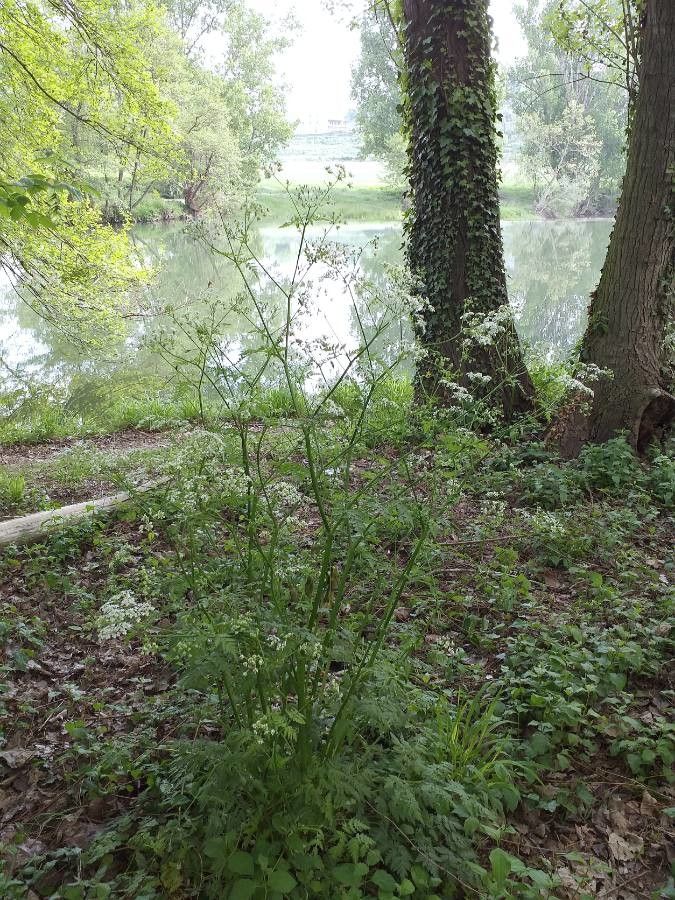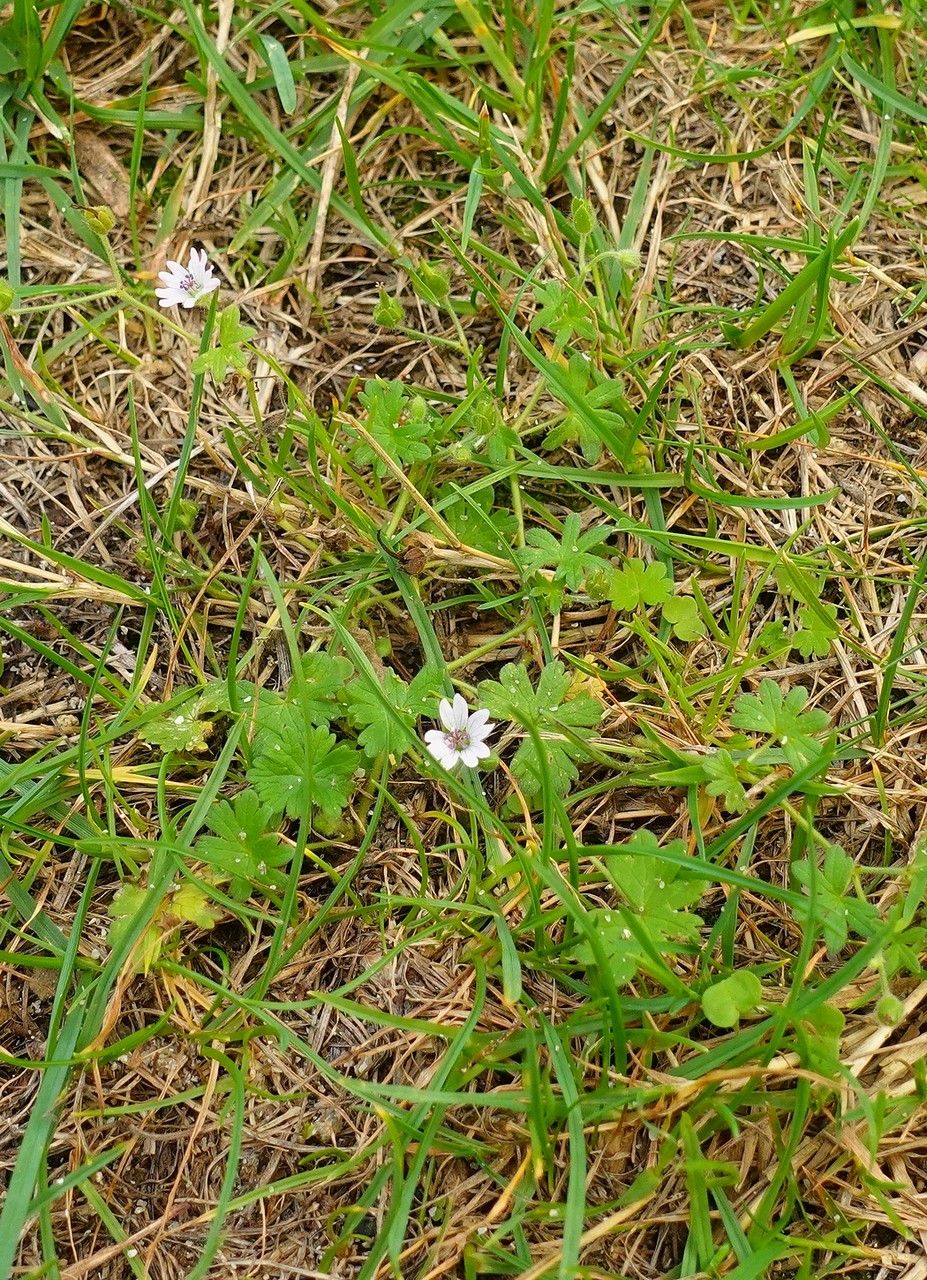### Cow Parsley: A Comprehensive Guide
Cow parsley ( *Anthriscus sylvestris*) is a ubiquitous flowering plant belonging to the Apiaceae family, a group that also includes carrots, parsley, and hemlock. Its widespread presence in meadows, hedgerows, and roadside verges across Europe and parts of Asia makes it a familiar sight, but also highlights the importance of accurate identification. While not as toxic as some of its relatives, cow parsley does possess certain properties that necessitate caution.
### Identification
Distinguishing cow parsley from its potentially dangerous look-alikes, particularly hemlock, is crucial. Key features to look for include:
* **Leaves:** Cow parsley has finely divided, fern-like leaves, which are triangular in shape and soft to the touch. The leaflets are serrated and sharply pointed.
* **Stem:** The stems are hollow, ridged, and often purplish-red in color, especially near the base.
* **Flowers:** The flowers are small, white, and arranged in umbels (flat-topped clusters), with numerous tiny florets radiating outwards.
* **Smell:** While not overpowering, cow parsley has a slightly sweet, grassy scent, particularly when crushed. This can help distinguish it from the odorless hemlock.
* **Height:** It typically grows to a height of 1-2 meters (3-6 feet).
**Caution:** Never consume any wild plant unless you are 100% certain of its identification. If in doubt, leave it alone. Mistaking cow parsley for hemlock can have serious consequences.
### Habitat and Growth
Cow parsley thrives in a variety of conditions, favoring moist, fertile soils in full sun or partial shade. It is a common sight in disturbed habitats, meadows, and woodland edges. Its self-seeding nature contributes to its widespread distribution. It is considered a biennial or short-lived perennial, meaning it may live for only two years or a few years before dying back.
### Cultivation and Care (if applicable)
While generally considered a weed, cow parsley can be cultivated in gardens where its delicate, lacy foliage and delicate white flowers are appreciated. It requires minimal care, only needing well-drained soil and regular watering, especially during dry periods. However, its self-seeding habit may require some management to prevent it from becoming overly invasive.
### Potential Uses
Historically, cow parsley has had some limited medicinal uses and was considered a traditional remedy, though such uses are not supported by modern science and should be approached with caution. It's more widely known for its aesthetic value in gardens and natural landscapes.
### Toxicity
Cow parsley contains furanocoumarins, which can cause skin irritation in some individuals upon contact. Avoid touching the plant without protection. While generally not considered lethal, ingestion can cause gastrointestinal upset. Therefore, always keep children and pets away from it.
### Conclusion
Cow parsley, though a common sight, rewards careful observation. Its delicate beauty should be appreciated from a safe distance, with careful identification a priority. By recognizing its key characteristics, one can appreciate its place in the natural world while avoiding any potential hazards.
Cow Parsley: Identification, Habitat & Care Guide

Frequently Asked Questions
Is cow parsley poisonous to humans?
While not as toxic as hemlock, cow parsley contains furanocoumarins which can cause skin irritation. Ingestion can cause gastrointestinal upset. It's best to avoid touching or consuming it.
How do I identify cow parsley?
Look for its finely divided, fern-like leaves, hollow ridged stems (often purplish), small white flowers in umbels, and a slightly sweet grassy scent. Compare it carefully to images and descriptions to avoid confusion with poisonous look-alikes, especially hemlock.


